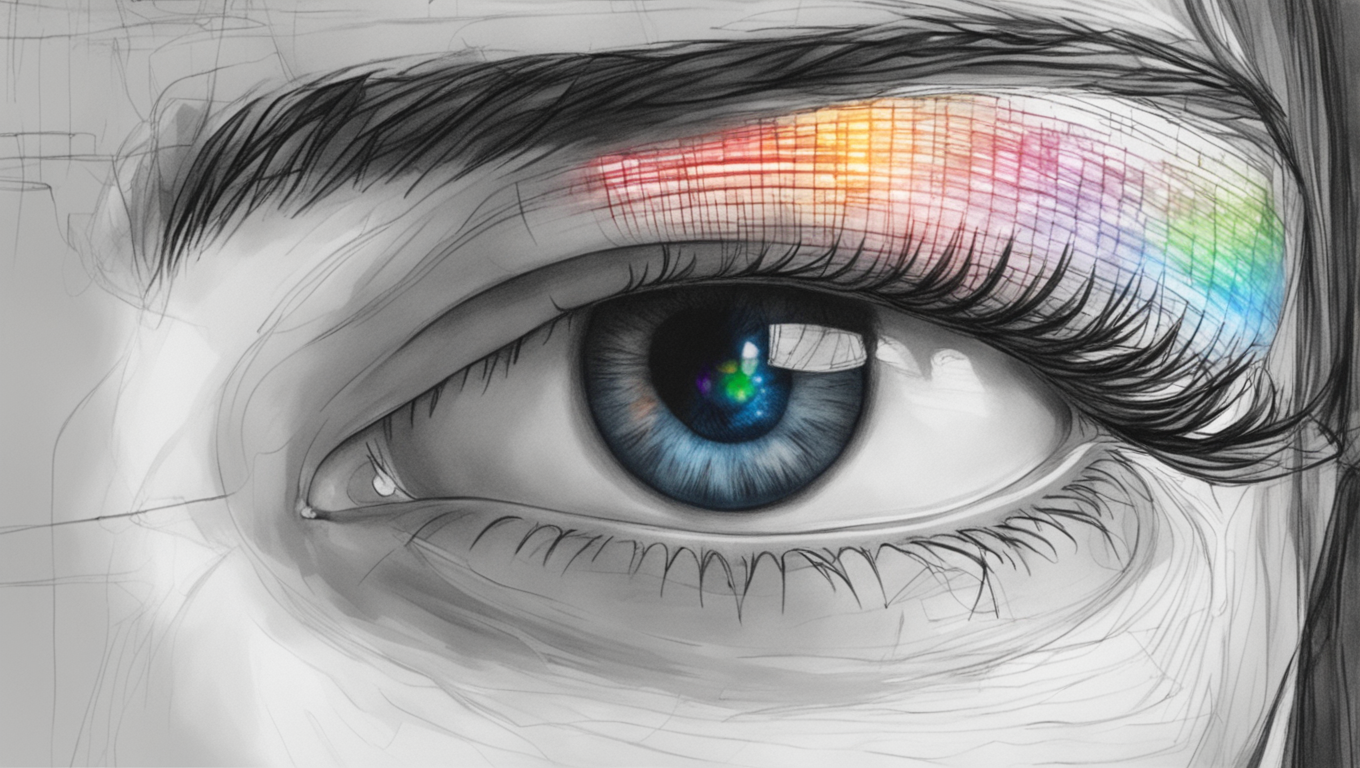In a groundbreaking development, researchers have harnessed the power of artificial intelligence (AI) to revolutionize the screening process for autism. Traditionally, diagnosing autism has involved complex psychological evaluations and extensive wait times. However, a team of scientists has now developed a test that uses biology, rather than psychology, to identify the developmental disability, delivering results in as little as 10 minutes.
The test works by flashing a light into the eye to measure the retina’s electrical activity. This data is then analyzed using AI algorithms, which can quickly and accurately identify patterns associated with autism. This groundbreaking approach provides a faster and more efficient means of diagnosing the condition, offering hope for families who have experienced long waiting lists and significant delays in seeking proper care.
In Australia, autism rates are growing at an alarming rate, outpacing the global average. More than half of all participants in the National Disability Insurance Scheme, who are under the age of 18, have received an autism diagnosis. However, lengthy waiting lists for screenings and neurodevelopmental assessments have hampered early intervention efforts, potentially delaying critical support for affected children. In Sydney, for instance, families have faced wait times of up to two years, exacerbating the stress and uncertainty surrounding their child’s condition.
The introduction of this new AI-powered test could significantly alleviate the burden on families seeking autism screenings. Dr. Satvinder Singh, a leading researcher in the field, explains, “This approach has the potential to streamline the diagnosis process and reduce wait times, which is crucial for early interventions and providing the best possible support for individuals with autism.”
One of the most promising aspects of the AI-powered test is its ability to overcome the limitations often associated with traditional autism screenings. Psychological evaluations can be subjective, relying on self-reported data from individuals or observations from caregivers. In contrast, the AI test uses objective biological markers, removing bias and allowing for more accurate and reliable results.
The introduction of AI into the field of autism diagnosis has the potential to revolutionize the way we approach neurodevelopmental disorders. As the technology continues to advance, it holds the promise of enabling earlier interventions and tailored support for individuals with autism. Dr. Emma Mitchell, a neurologist specializing in developmental disorders, comments, “AI has the potential to transform the field of autism research and care. By leveraging its power, we can unlock new insights, improve early detection, and ultimately enhance the lives of individuals and families affected by autism.”
While significant progress has been made in the development of this groundbreaking test, researchers emphasize the need for further validation and refinement. The test is currently in the clinical trial phase, with ongoing studies involving a diverse sample of participants. Dr. Singh notes, “It is imperative that we continue to validate and optimize this technology to ensure its accuracy and effectiveness across different populations.”
The use of AI in the field of autism screening represents a remarkable leap forward in our ability to identify and support individuals with developmental disabilities. By harnessing the power of technology, we can empower families and healthcare professionals to intervene earlier and provide more targeted care. As we embrace the potential of AI, we move closer to a future where all individuals receive the support they need to thrive.





Use the share button below if you liked it.